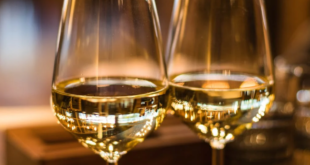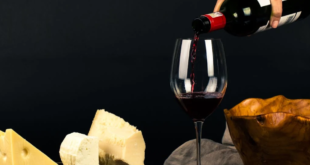Chenin Blanc originates from France’s Loire Valley. Confusingly it can produce dry, medium and through botrytis, even sweet white wines. Reading the notes on the bottle is advised to ensure you get what you like.
Chenin Blanc Regions
South Africa, the USA and France are the leading Chenin Blanc producers. US areas include Washington State and California where it is widely grown for everyday and increasingly, for premium wines.
In the seventeenth century, European settlers introduced it to South Africa which is now the world’s largest producer. Despite the more recent introduction of other varieties, it remains the countries most cultivated grape. Historically the production of brandy accounted for much of the wine produced. This though is now less significant with the wine increasing important in its own right. Locally, Chenin Blanc is also known as Steen.
In Australia and New Zealand, although less commonly found, there are some good producers. It is also grown in Argentina and other South America countries.
Chenin Blanc Characteristics
Chenin Blanc can produce excellent dry and sweet wines. This though is not always the case. Left unchecked the vines grow vigorously. They produce high fruit yields with low flavour concentration delivering quantity but not quality. As a result Chenin Blanc developed a somewhat mixed reputation. In recent decades though, producers have successfully raised quality; Vineyards have been replanted, more selective picking introduced and wine-making techniques have been improved.
You are now more likely to find an enjoyable good value wine than a disappointing one. South Africa produces some excellent botrytis derived sweet wines. They also produce good well balanced dry wines which can be found in supermarkets at attractive prices. North California also produces some very good examples. France’s Loire Valley, the grapes homeland where it is also known as Pineau de la Loire produce some excellent wines which are well worth seeking out.
 Vino-Club For Wine Lovers
Vino-Club For Wine Lovers







